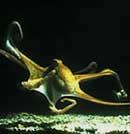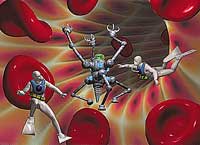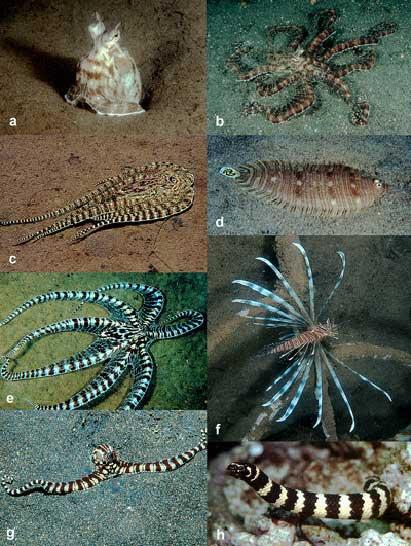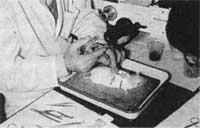Octopus, robots and movement of tentacles.
2001/09/07 Elhuyar Zientzia

Have you ever thought how the octopus can control the movement of all its tentacles? Considering that the eight can be moved in all directions, their control would be very complex.
The results of numerous studies conducted at the Hebrew University of Jerusalem have shown that the tentacles of the octopus often move completely independently, that is, that the brain does not control. Binyamin Hochner's group published this week in the journal Nature that in cases where the union of these arms with the brain has been cut, its movement can be both electric and mechanically – tickling the skin, for example –; cut body parts repeat the same movements as before.
This will help unravel an old biology riddle, as it was unknown how the octopus can coordinate its eight powerful tentacles. In addition, it has created great hope in robotics to help you design better robots.

Autonomous control of movement in octopus tentacles makes their coordination process much easier. It means that the control of voluntary movements is located in neuralgic circuits located in the same tentacles, so it does not require continuous central control. In fact, the nervous system of these arms is very complex, although the nerve fibers connected to the brain are very scarce.
Although it is not yet clear what is the basis of this operation, robotics experts have expressed their intention to build automata based on the octopus control system, in order to put the robots several joints that move in all directions at once. So far the complexity of animal movements has surprised experts who have not been able to automate. According to them, the current can be an important step in creating robots that can handle anything.

Gai honi buruzko eduki gehiago
Elhuyarrek garatutako teknologia






